Sustainable literacy needs to be emphasised
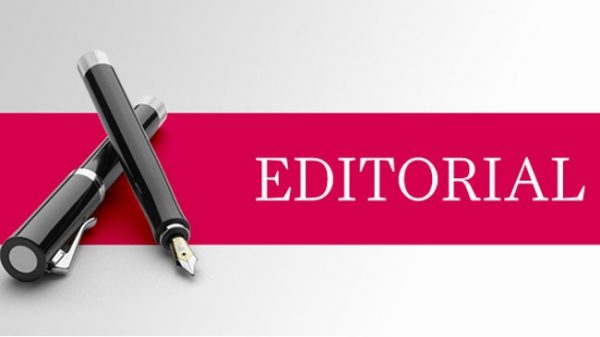
THE government has for some years been saying that three-fourths of the people aged 15 years and above are literate in the country, but different studies show that less than one-fourth of the population are truly literate. The state minister for primary and mass education says that the current literacy rate in Bangladesh is 75.6 per cent among people aged 15 years and above while the Population and Housing Census 2022 shows the literacy rate in the country at 74.66 per cent among those aged seven and above. A person is, keeping to the BBS definition, considered literate if he or she can read and write a letter in Bangla. What comes as worrying is that many of those considered literate were found having been unable to even read Bangla properly, suggesting irregularities in the statistics and a lack in sustainable literacy. If literacy is considered as the ability to read, write and understand the content, only 25 per cent of literate people, keeping to the National Student Assessment, have these competencies. Educationists believe that a flawed counting method and poor schooling are responsible behind the sorry rate of sustainable literacy.
The self-promoted method used in counting the literacy rate whereby the head of a household verbally declares the number of literate people in the house might have given an inflated literacy rate as there is common perception among people that anyone who can write his or her name in Bangla is a literate person. Moreover, lack of competent teachers, memory-based learning, gender-based discrimination, and discrimination based on geographical locations have contributed to the low standard of literacy as many literate people cannot write and read. As a result, a large number of people are discriminated against and marginalised, having difficulty in coping with the demands of job markets at home and abroad. Moreover, even the government figure of 75.6 per cent literacy among people aged 15 and above is way below the average world literacy rate among the working-age population, which is 86.6 per cent. Besides poor literacy rate, Bangladesh lags behind in imparting its working age population with the required skills. For example, about 84.9 per cent youth lack in necessary digital skills and 57.8 per cent are without secondary-level skills needed for employment, according to a recent UN report. All this suggests that Bangladesh has largely failed to equip its population with the required skills to ensure human development.
The ruling Awami League, in its 2008 election manifesto, pledged to eradicate illiteracy by 2014. Failing to achieve that, it again pledged in 2018 to eradicate illiteracy. The government must, therefore, deliver on its pledges and ensure the eradication of illiteracy. The government must also ensure sustainable literacy and attend to issues such as poor schooling, gender-based discrimination and discrimination against people based on their geographical locations to ensure an inclusive human development. The government must also commit to and facilitate skills development.




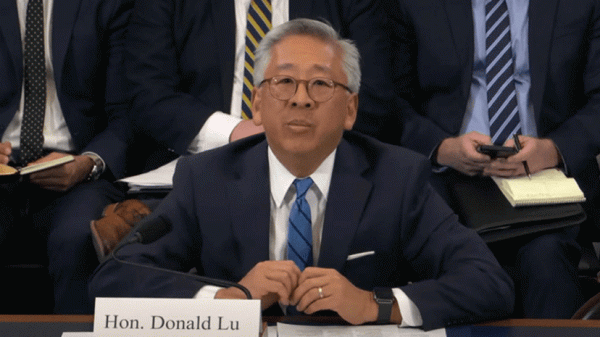
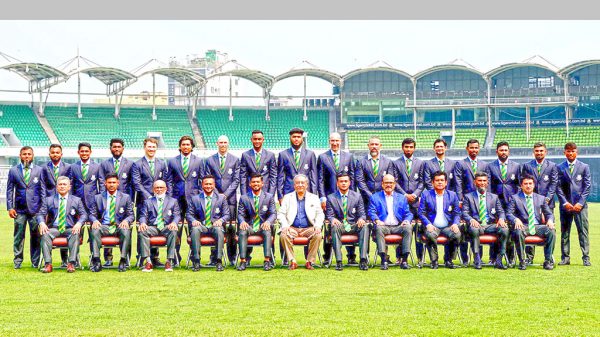

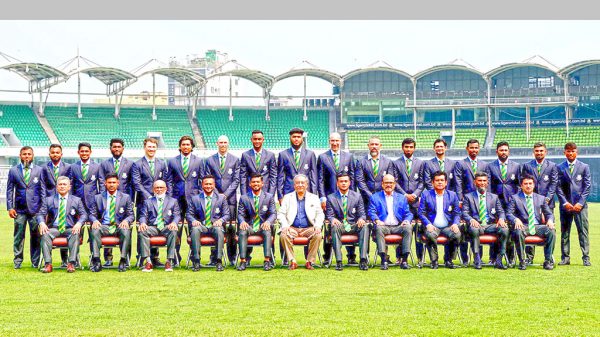
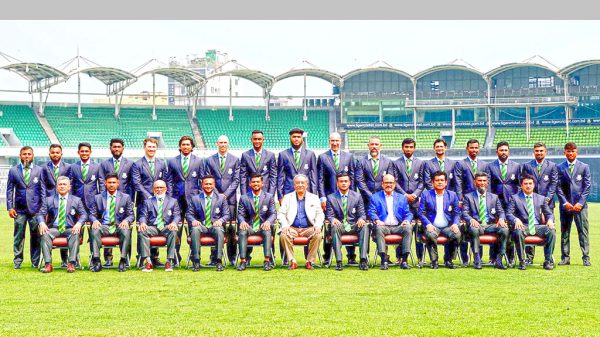


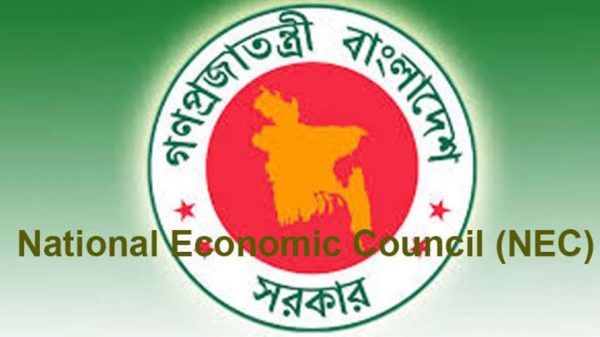
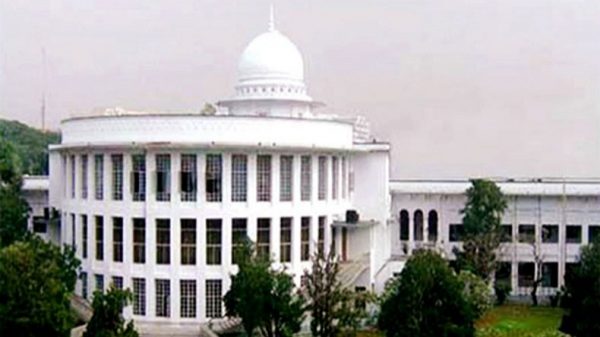
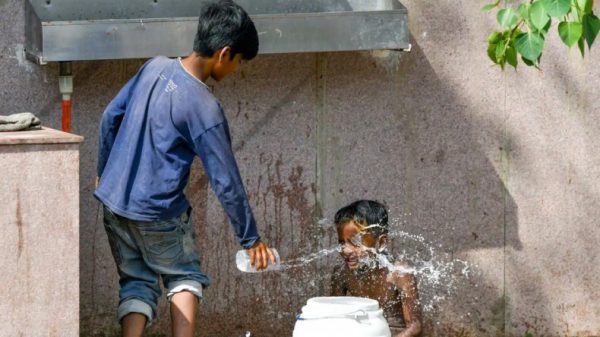











Leave a Reply